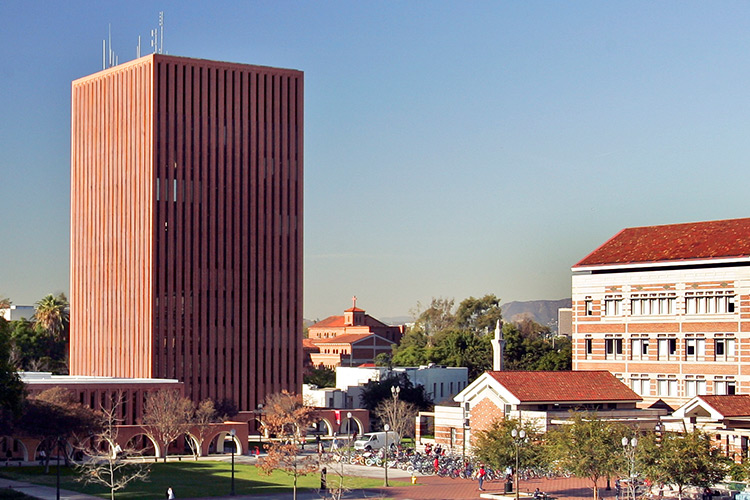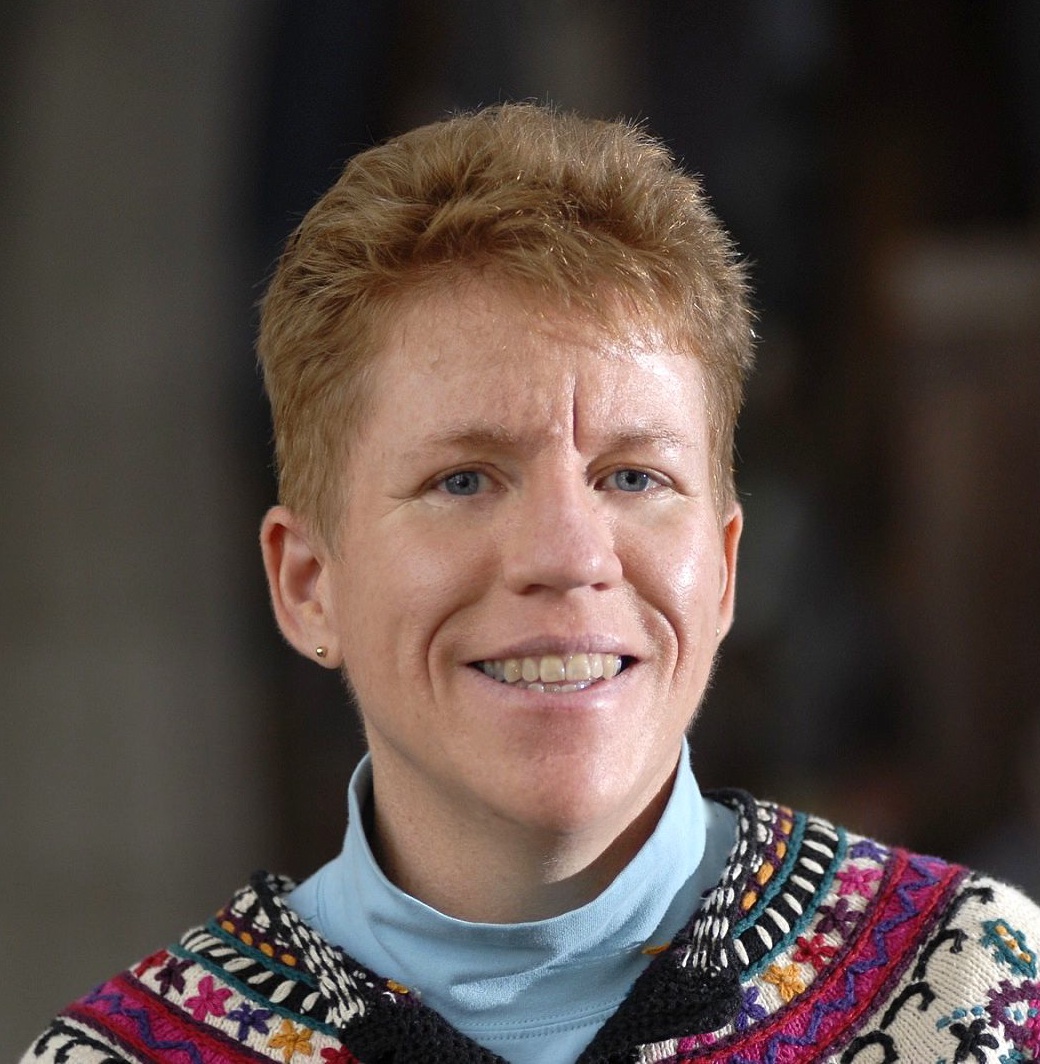
Pullias Center 25th Anniversary Reflections: Kristen Renn
Kristen Renn, currently a Professor of Higher, Adult, and Lifelong Education and the Associate Dean of Undergraduate Studies for Student Success Research at Michigan State University, and a former colleague of the Pullias Center of Higher Education, reflects on the Pullias Center’s 25th Anniversary in this seventh of a series of essays marking the occasion.
Like many other readers of the Pullias Center’s newsletter and posts, I consider myself a friend of the Pullias Center. I didn’t go to USC, I never worked at the center, but I have benefitted from the work of Pullias Center researchers and count several of them as colleagues and, yes, friends.
I started my PhD program at Boston College the same year Bill Tierney moved from Penn State to USC to start the Center for Higher Education Policy Analysis, as the Pullias Center for Higher Education was known in its early days. As Bill wrote in his post for this series of reflections, he was working with one support staff person and one grad assistant in a bunch of empty offices. But I had no idea. By the time I learned my way around the higher education research landscape I was given to believe the center was a staid establishment, long in years. After all, this was where Dr. Tierney co-author of Promotion and Tenure in the Academy, worked! Readers might do well to remember that this all happened before the web became a feature of organizational life; there was no quick googling to find an “About Us” page on the center. It was easier then to not know things that today, are a click or two away.
It turns out, then, that I grew up as a scholar more or less at the same time that the USC center grew up and grew into what we now know as the Pullias Center. Laura Perna noted in her post that she had an opportunity to learn from, and with, Pullias Center colleagues five principles that have made her a better scholar: Address a timely, policy-relevant, under-researched topic; Develop a sound conceptual framework; Incorporate peer review and feedback; Involve a diverse group of scholars; and Focus on connecting research, policy, and practice.
I have observed and absorbed lessons from Pullias researchers similar to those that Laura did, and I would sharpen the first one a bit. As the 2013 AERA Annual Meeting Program Chair, I got to introduce Bill to give his AERA Presidential Address. I talked about his career and the intellectual leadership he provided at USC and for the field. I described the work that Bill and the Pullias Center did in ways beyond “timely, policy-relevant, under-researched topics.” The way I described the Center researchers’ talent was in seeing around corners to the next under-researched topic that no one else knew was important yet, and by the time everyone else noticed how important it was, Bill was already publishing something about it. Internationalization and globalization? Ahead of his time. Introducing youth to “college knowledge” through video games with Pullias Center researcher Zoe Corwin? Even before it occurred to anyone else, Pullias researchers had looked into it. They saw things before the rest of us did – in fact, we saw them because they did.
The center’s team continued to see around corners that most thought were straight lines to the horizon and the Pullias Center is still doing that. There is the Delphi Project on the Changing Faculty and Student Success with Adrianna Kezar, the current Pullias Center director that explored the importance of non-tenure-track faculty to student success or her most recent work on the Gig Academy. And Adrian Huerta’s innovative studies of trauma informed practice to support racially marginalized populations and men of color programs, Tatiana Melguizo’s novel studies of community college as avenues for advancement among communities of color in STEM and math equity, Zoe Corwin’s latest work on skateboarding culture as an avenue into college going, and Julie Posselt’s pioneering work on diversifying graduate education and transforming admissions practices. To me, this habit of seeing what is not yet seen by others, studying it, elevating it, making it visible through research, and then making sure that the knowledge gets into the field to make a difference – that is what the Pullias Center, no longer just a director and some empty offices, stands for. Like many others, I’m fortunate to have been a friend of the Pullias Center, lucky to have grown up alongside its people and excited for the future of the center.
